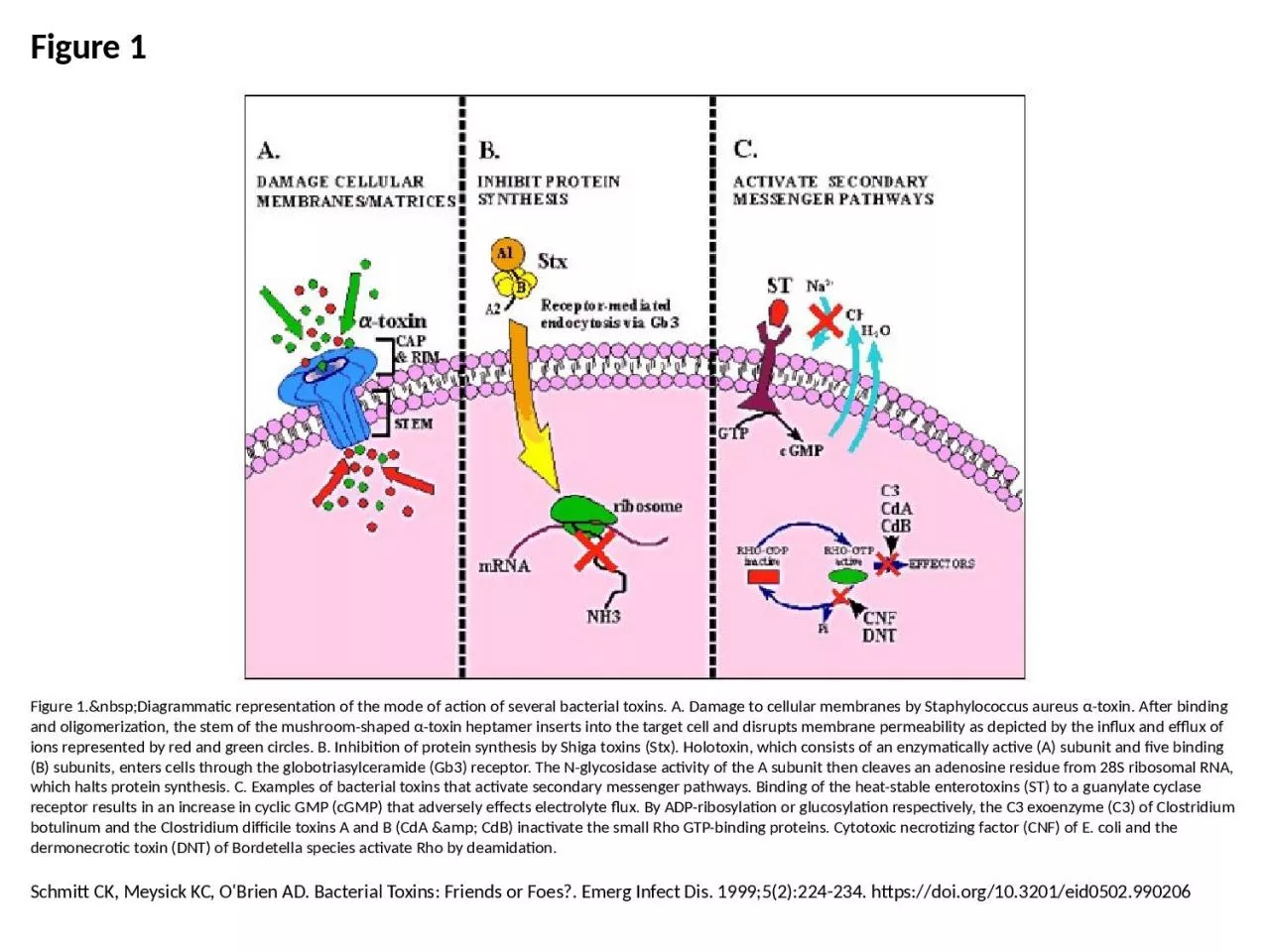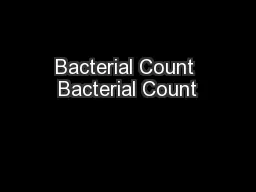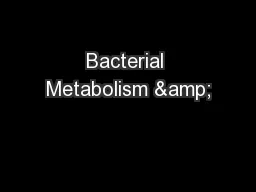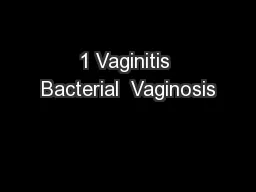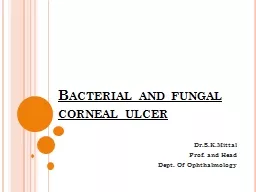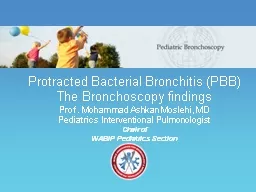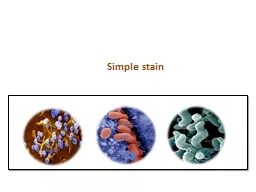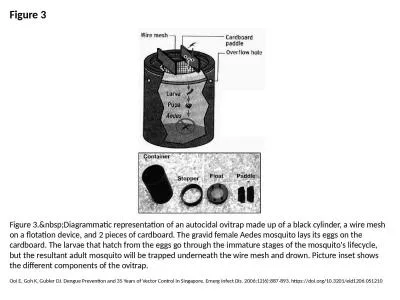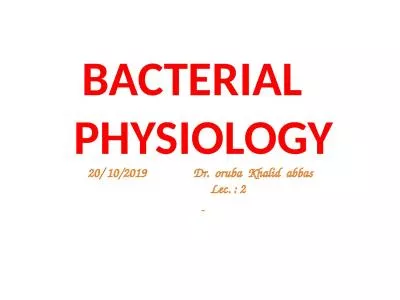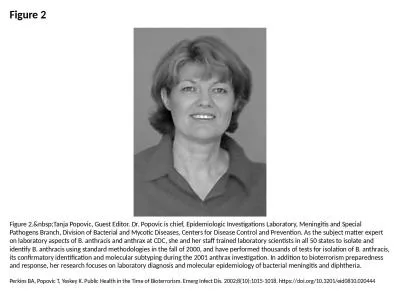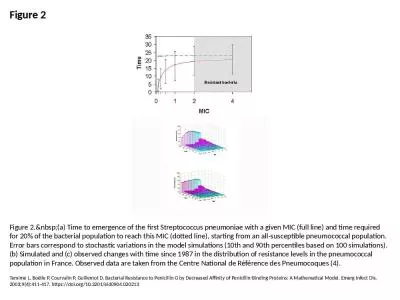PPT-Figure 1 Figure 1. Diagrammatic representation of the mode of action of several
Author : isla | Published Date : 2023-08-30
Schmitt CK Meysick KC OBrien AD Bacterial Toxins Friends or Foes Emerg Infect Dis 199952224234 httpsdoiorg103201eid0502990206
Presentation Embed Code
Download Presentation
Download Presentation The PPT/PDF document "Figure 1 Figure 1. Diagrammatic..." is the property of its rightful owner. Permission is granted to download and print the materials on this website for personal, non-commercial use only, and to display it on your personal computer provided you do not modify the materials and that you retain all copyright notices contained in the materials. By downloading content from our website, you accept the terms of this agreement.
Figure 1 Figure 1. Diagrammatic representation of the mode of action of several: Transcript
Download Rules Of Document
"Figure 1 Figure 1. Diagrammatic representation of the mode of action of several"The content belongs to its owner. You may download and print it for personal use, without modification, and keep all copyright notices. By downloading, you agree to these terms.
Related Documents

